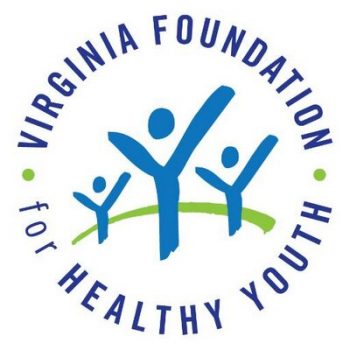Abstract
Purpose. Peer crowds are macro-level subcultures that share similarities across geographic areas. Over the past decade, dozens of studies have explored the association between adolescent peer crowds and risk behaviors, and how they can inform public health efforts. However, despite the interest, researchers have not yet reported on crowd size and risk levels from a representative sample, making it difficult for practitioners to apply peer crowd science to interventions. The current study reports findings from the first statewide representative sample of adolescent peer crowd identification and health behaviors.
Methods. Weighted data were analyzed from the 2015 Virginia Youth Survey of Health Behaviors (n = 4,367). Peer crowds were measured via the I-Base Survey™, a photo-based peer crowd survey instrument. Frequencies and confidence intervals of select behaviors including tobacco use, substance use, nutrition, physical activity, and violence were examined to identify high- and low-risk crowds. Logistic regression was used to calculate adjusted odds ratios for each crowd and behavior.
Results. Risky behaviors clustered in two peer crowds. Hip Hop crowd identification was associated with substance use, violence, and some depression and suicidal behaviors. Alternative crowd identification was associated with increased risk for some substance use behaviors, depression and suicide, bullying, physical inactivity, and obesity. Mainstream and, to a lesser extent, Popular, identities were associated with decreased risk for most behaviors.
Conclusions. Findings from the first representative study of peer crowds and adolescent behavior identify two high-risk groups, providing critical insights for practitioners seeking to maximize public health interventions by targeting high-risk crowds.
